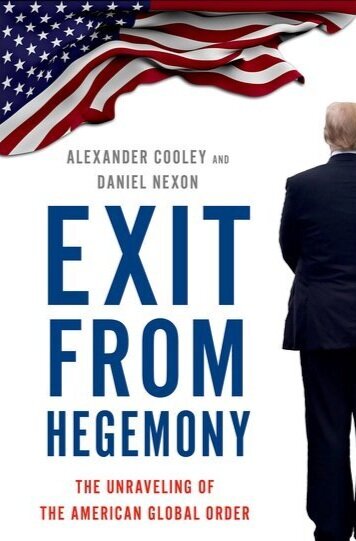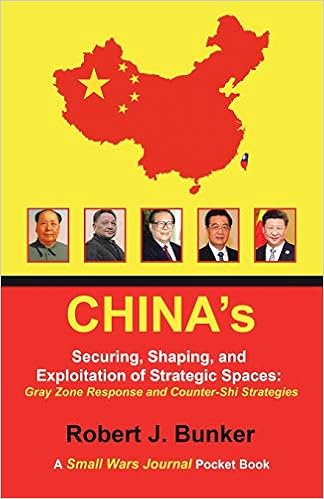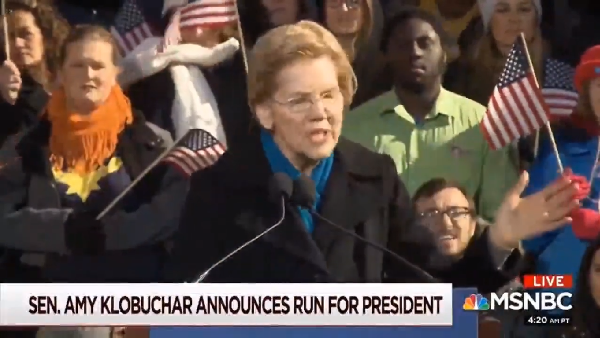[ by Charles Cameron — from propensity to act, and from individual act to outbreak ]
.
The NYT the other day had a stunning, terrifying and or terrific piece by Thomas B. Edsall titled No Hate Left Behind. That’s almost pure slick-bait. The sub-title gives us the sense that we’re talking now and soon, that the article is both a current assessment and a warning: Lethal partisanship is taking us into dangerous territory.>
This article will likely interest Zenpundit readers.
**
Let me offer a quick personal side-note before addressing the substantive issues Edsall‘s piece raises.
Edsall quotes Steven Pinker as saying:
Certainly there is a tribal flavor to political polarization. Men’s testosterone rises or falls on election night, depending on whether their side wins, just as it does on Super Bowl Sunday.
American politics, in other words, is like American football — like enough, IMO, to richly justify the use of football metaphors to describe political outcomes — and vice versa. I’ll return to this theme in the tail-end of this post.
**
Okay, No Hate Left Behind.
Edsall‘s article is a grim one — grim not because the writer is grim by nature, although that may or may not be the case, I’m no psychiatrist — but because it contains statistical evidence, measurable scientific evidence, of our propensity towards a violent response to the 2020 elections — a propensity which is:
stronger in well informed voters than in those less so
currently stronger in the Democratic electorate than the Republican
and which on election night will be
stronger in the supporters of the victorious candidate than those of the other party
Oy.
**
Edsall‘s piece in turn draws on the paper Lethal Mass Partisanship: Prevalence, Correlates, & Electoral Contingencies by professors Nathan P. Kalmoe and Lilliana Mason.
Their abstract notes that historical accounts of partisanship “recognize its contentiousness and its inherent, latent threat of violence,” but that “social scientific conceptions of partisan identity developed in quiescent times” and “have largely missed that dangerous dimension” in their researches. Nathan P. Kalmoe and Lilliana Mason aim to “rebalance” that tendency. Their findings can be found in detail and with appropriate nuance in the body of their paper, but it is their Conclusions that I will note here>
**
The authors open their conclusions with a deft touch of historical background:
Two and a half centuries ago, American founders worried about the lethal consequences of partisanship and hoped to avoid the pernicious development of parties. After ultimately founding parties themselves, their worst fears were realized in the extraordinary partisan violence of the American Civil War and the lesser violence before and after, carrying body counts in the hundreds rather than the rebellion’s hundred-thousands.
They continue by describing how their own work explores the propensity for political violence in our own times::
We conceptualized and measured three aspects of lethal partisanship: 1) partisan moral disengagement that rationalizes harm against opponents, 2) partisan schadenfreude in response to deaths and injuries of political opponents, and 3) explicit support for partisan violence.
Them’s fighting measures to put to scientific test.
**
Selected quotes:
The challenge for democracy, as always, continues to be how to procure the political goods that parties provide while staving off partisanship’s most sanguinary pitfalls — the ones identified by Madison but seemingly forgotten in modern behavioral scholarship.
Madison seems to be the name that keeps popping up as the father of essential American wisdom..
Here are three paragraphs worth considering, each in turn bringing us closer to en understanding of how the propensity to tolerate violence “comes to the boil” in action, either on the individual scale — incidents of mass shooting — or in an uprising somewhere between civil unrest and war:
In two nationally representative surveys, we found that large portions of partisans embrace partisan moral disengagement (40-60%) but only small minorities report feeling partisan schadenfreude or endorse partisan violence (5-15%). Even so, their views represent a level of extreme hostility among millions of American partisans today that has not been documented in modern American politics.
Ultimately, these results find a minority of partisans view violence as acceptable acts against their political opponents. Many times more embrace partisan moral disengagement, which makes the turn to violence easier if they have not made it already. As more Americans embrace strong partisanship, the prevalence of lethal partisanship is likely to grow
Finally, experimental evidence showed that inducing expectations of electoral victory led strong partisans to endorse violence against their partisan opponents more than expectations of electoral loss.
**
Let’s end on a lighter note.
I said above that American politics is sufficiently like American football to justify metaphorical use of one to describe the other — and just as the Republican and Democratic parties holds primaries and National Conventions to determine each party’s candidate in the Presidential election, so the respective American and National Football Conferences hold games culminating in championships to determine each conference’s contenders in the Super Bowl.
Perhaps, indeed, the President-elect should face off against the Super Bowl MVP in a grand culminating match to establish the testosteronic Super-Person. Heaven alone knows where such a match would be held, but the opportunity to discover whether football is a more passionate and partisan sport than politics should not be missed..
2019: Super Bowl MVP Julian Edelman vs sitting President Donald Trump?







